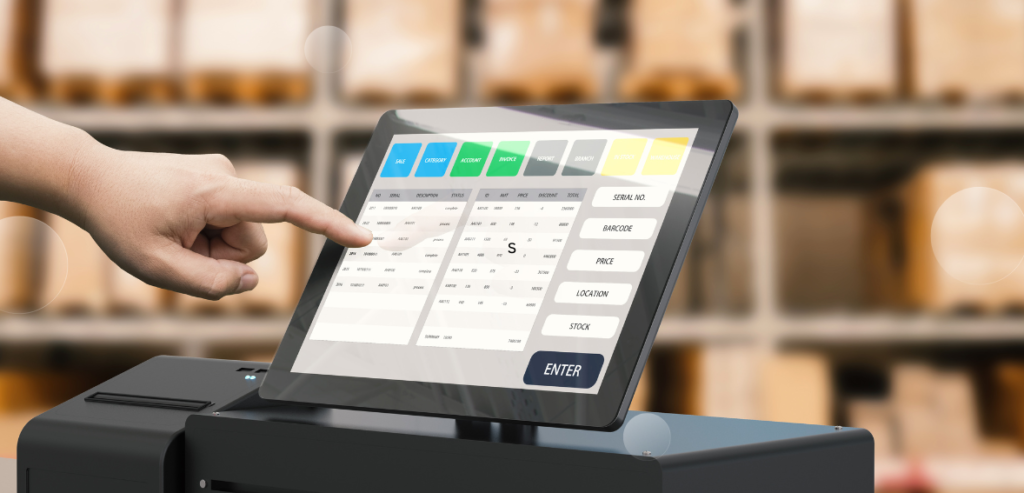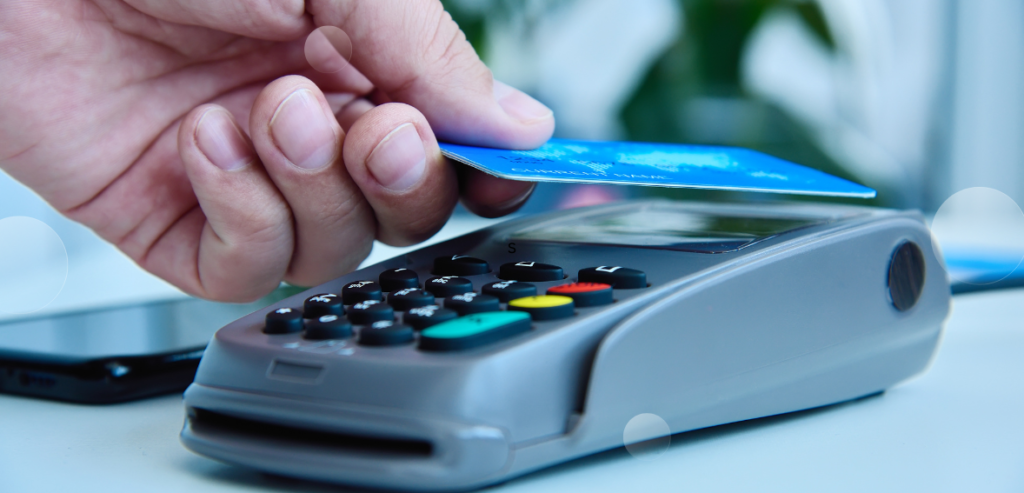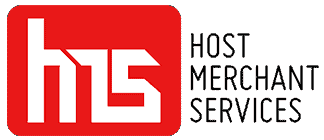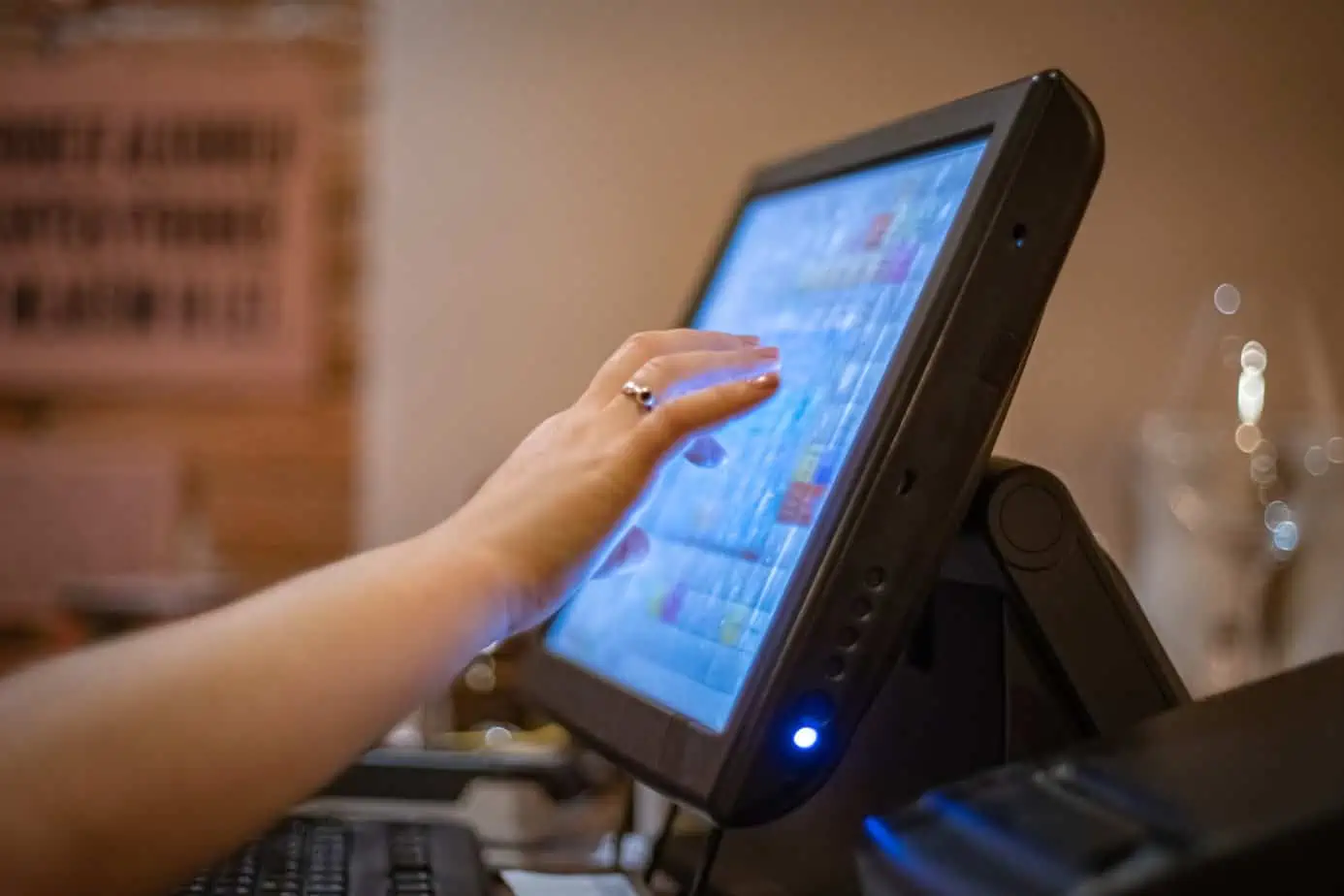Merchants have many operational needs depending on their specific niche industry. Everyone requires payment processing; it’s impossible to operate today if a business’s sole payment mode is cash, especially given the diminishing use of money in any given week. However, much more must be done, including payroll, inventory, and customer contact management. They may even have a loyalty program requiring them to run promotional campaigns. Certain features and functionalities are specific to industries or the type of merchants, be it mobile versus a traditional brick-and-mortar operation or a service-oriented business versus one offering goods.
All these business operations can easily be consolidated for efficiency into a single device, the POS. Many different items can make up the POS system or be a single terminal device. In this article, we offer a comprehensive guide to a Point-of-sale system, starting with why businesses need one, how a Point-of-sale system is used to process payments, the different types of POS systems available, and what capabilities are in demand for POS.
What is a Point Of Sale (POS) System?

A POS is an acronym for Point of Sale, representing the different software and hardware systems businesses use to operate and process payments. It can be a single device or a combination of various terminals, readers, and screens that allow merchants to record their transactions and process their payments.
Different merchants have different uses and definitions of POS systems. For a small mobile business, it may be a simple card reader that can also accept many other payment options.
For other businesses, a POS must cater to all its operational needs. That may include customer service, reservations for both rooms and meeting rooms, inventory, tables, and employee management at their restaurants, spas, gift shops, and many other a la carte service offerings, which must be priced, often at a customized rate. These services will then be processed for payment with options that may include credit and debit cards, mobile money, and digital wallets such as Apple Pay and Google Pay. All these myriads of operations require an entire network of registers, cash drawers, connected devices such as tablets, card readers with EMV and NFC capabilities, and receipt printers.
Types of POS available

There are many different types of businesses and many POS system solutions to cater to almost all types of businesses and needs. You can be a vendor at a farmers’ market or a food truck operator. Your business can be computer service delivery at the door or an eCommerce site.
A business can be as small as a corner coffee shop or a large restaurant that requires an assortment of interoperable terminals throughout the operation, managing everything from sales reports to inventory to supplies and raw materials. It may even include order-taking at the table and displaying that in the kitchen, which can be updated once ready.
Below are the most used point-of-sale devices and terminals. These are a combination of both hardware and software POS solutions.
Hardware
Register – This device records and processes a customer’s transaction.
Cash drawer—A locking drawer accompanies the register to hold cash. The drawer automatically opens to collect cash payments and can record all instances in which the drawers open to aid in fraud and theft prevention.
Tablet devices—these are used at the register instead of a monitor and can be propped up as one display for the staff and another facing the customer to ensure the transaction is recorded correctly. They can also be used as handhelds throughout the business to track inventory, conduct interviews, or take orders, among other uses.
A card reader is the most common and vital device for accepting noncash payments. An ideal card reader can take all types of cards and has near-field communication and EMV capabilities to accept the latest payment options by swiping, dipping, or tapping their digital wallets, such as Apple Pay, Google Pay, Samsung Pay, and a host of others. Card readers can be handheld terminals with attached touchscreens or small devices that can clip onto a smartphone or connected device such as a tablet to process the transaction.
Software
Cloud-based or online POS systems allow merchants to bring their own hardware devices and install the software onto them. These solutions aren’t as common but may be ideal for small businesses that would like to utilize their existing tablet or smart devices, given their limited use of noncash payment processing and other tertiary offerings.
Another aspect of cloud-based POS is the software solutions of some of the biggest POS providers, such as Clover, which has an App store for its point-of-sale system. The library of apps allows merchants to easily download additional add-on services they need for their business, such as payroll management software, QuickBooks integration, etc.
Mobile POS options are for small businesses that allow them to download a POS app that offers payment processing and some limited capabilities around customer information systems and inventory management. The app-based POS solution is geared towards small businesses or individual users who provide professional services on the go. The solution is often accompanied by a free mobile card reader that can connect to a smartphone or a tablet.
In Demand Capabilities for POS systems?

Different business types have many varying needs. Regarding POS capabilities, we look at some of the most commonly used necessary functions based on how consumer payors may be required for security or legal purposes.
Near-field communication (NFC) is now built into almost all smart devices, such as smartphones and tablets. NFC is the backbone of touchless payments, where the consumer can hover their phone close to a POS device or tap on it to pay for transactions. The technology transfers payment data between the POS terminal and the mobile wallet, such as Apple Pay and Google Pay.
EMV-enabled card reader – EMV cards are quickly becoming the credit card standard in the US and have already been in place for years in the rest of the world. An EMV chip is a form of nanocomputer built into the credit card. That chip is dipped into the POS terminal to process a transaction. It is an encrypted and tokenized security mechanism that cannot be replicated or tinkered with, so it is impervious to fraudulent activity or theft.
Furthermore, the EMV liability shift established by the major card networks in 2015 stipulates that if fraudulent activity stemming from incorrectly processing an EMV chip card, i.e., it was swiped rather than dipped, results in a loss, it is the responsibility of the merchant who processed that transaction to bear that loss. As a result, POS systems with EMV-enabled card readers are an absolute must-have functionality for POS solutions.
Security Mechanism—The best point-of-sale solutions include payment processing features that implement the latest security protocols, including 3D Secure, Card Code Verification Service (CVV2), BIN checkers, and Address Verification Systems (AVS). These protocols allow merchants to stay in compliance with the latest PCI-DSS standards and help reduce payment processing charges.
Tokenization is another strong security capability quickly becoming a standard for payment processing. Tokenization is a robust security protocol that protects consumer data by substituting sensitive personal payment details with a non-sensitive random string of numbers to process a transaction.
Integration – this is another crucial factor in choosing the right POS solution. Most POS have integration capabilities, but it is essential to understand the specific integration available for third-party apps. Numerous accounting software and apps may need integration and other services, such as employee management software, CRM solutions, or automated email marketing or campaign tools.
Some important considerations
There are a few critical considerations that merchants need to pay close attention to when deciding on the right POS system for their business needs. These considerations are essential as they can be costly if ignored or require merchants to overhaul their payment processing setup completely.
Beware of the Free POS—be very skeptical of any offers of ‘free’ POS terminals or leases for those systems. Payment processors seldom do this anymore. However, if advertised, it is usually a gimmick and very costly.
Many payment processors offer free POS equipment and lock merchants into long-term noncancelable equipment leases that lock in higher payment processing fees. Effectively, POS equipment that may have cost only a few hundred dollars can cost merchants a few thousand dollars.
As a result, it behooves merchants to carefully review the agreement they are signing, especially if there is any mention of free or leased POS terminals.
Universal vs. Proprietary POS equipment—Proprietary POS equipment will only work with particular payment processors, usually their parent or sister company or a few others with which they have revenue-sharing partnerships. A perfect example of a proprietary POS would be Square’s Register, which only works with Square’s payment processing service.
Universal POS systems are ubiquitous and open, and they work with any payment processor without any stipulation to work with specific merchant service providers.
Customer Support – the overall support a POS system provider offers has the potential to make or break the overall experience with the product. The Payments industry has made great strides in its service offering. With the advent of online and social media, businesses’ reputations travel at the speed of light. They can quickly alienate potential customers at the slightest hint of a company and its product being poor custodians for merchants.
Nonetheless, businesses must carefully review the support offered by a POS systems provider. Do they have 24/7 support, one that is easily accessible? Are the staff knowledgeable and trained to handle inquiries diligently, and can they do it empathetically?
These are essential considerations and one for which online reviews and reports to the Better Business Bureau run rampant. Investment in the customer experience requires a long view of a business. POS systems vendors who’ve made that investment are likely those companies that have been around for some time or are most likely to become such businesses.
Support levels also indicate other areas of how a business conducts its operations. That tone and attitude manifest in different teams, such as sales teams. Companies espousing the long view nurture relationships over the long term rather than focus on quick sales closes. They are transparent, honest, and answer questions without glossing over the challenging parts.
A point-of-sale system is an ideal investment for businesses of all types and industries. Merchants need to pay attention to many considerations when choosing a POS system, such as the type of POS system they need, how much they can afford, what specific features they must have, and whether they need any third-party integrations, e.g., payment processing.
Merchants can integrate all the different business functions they need to manage into a single platform, such as inventory, payroll, personnel, restaurant table service, their database of client contacts, loyalty and referral programs, and any subsequent email campaigns targeting that audience. It is essential to note that these systems’ efficiency saves time and money.

